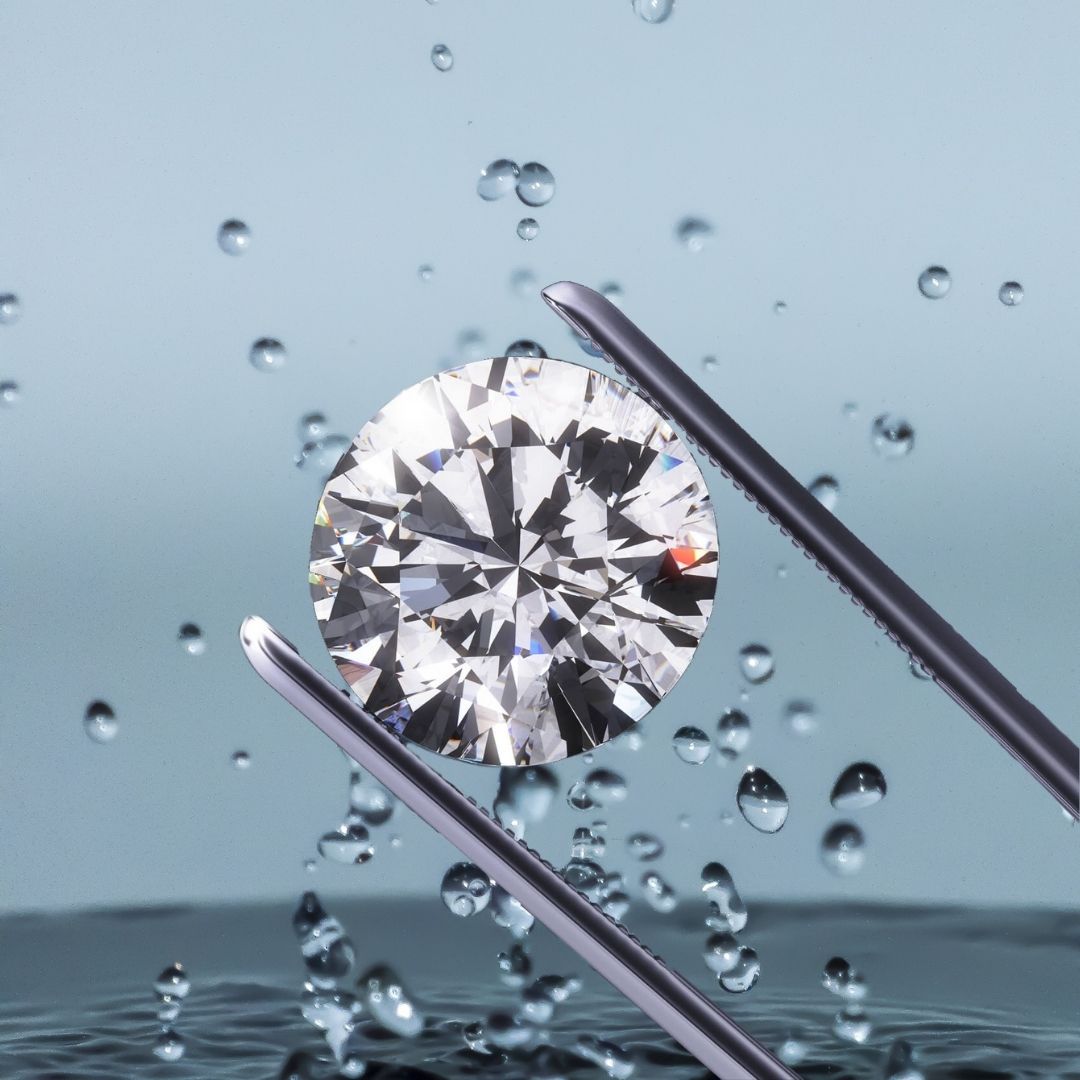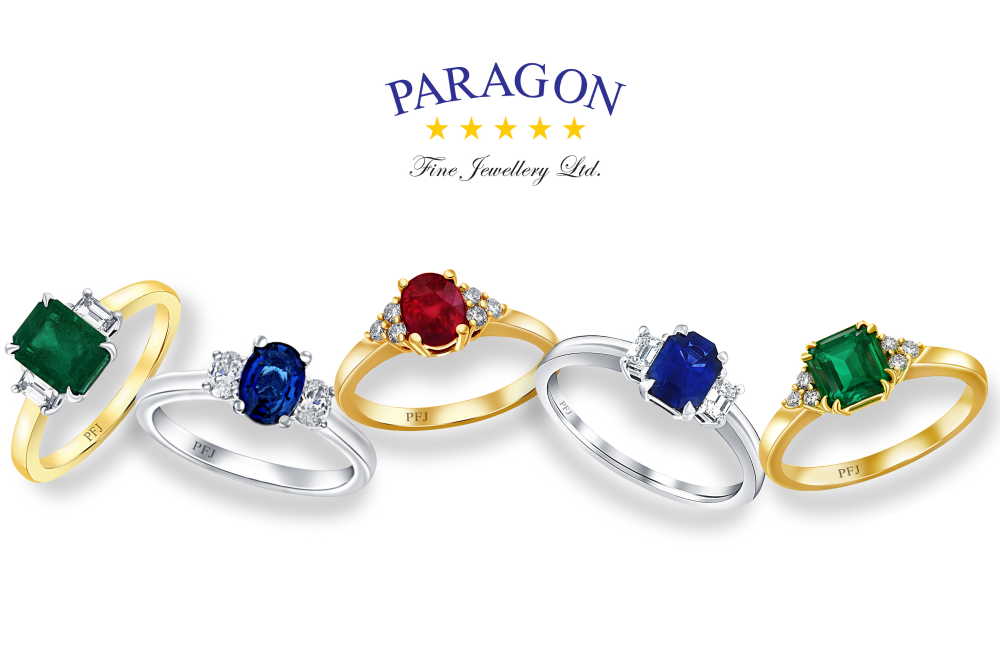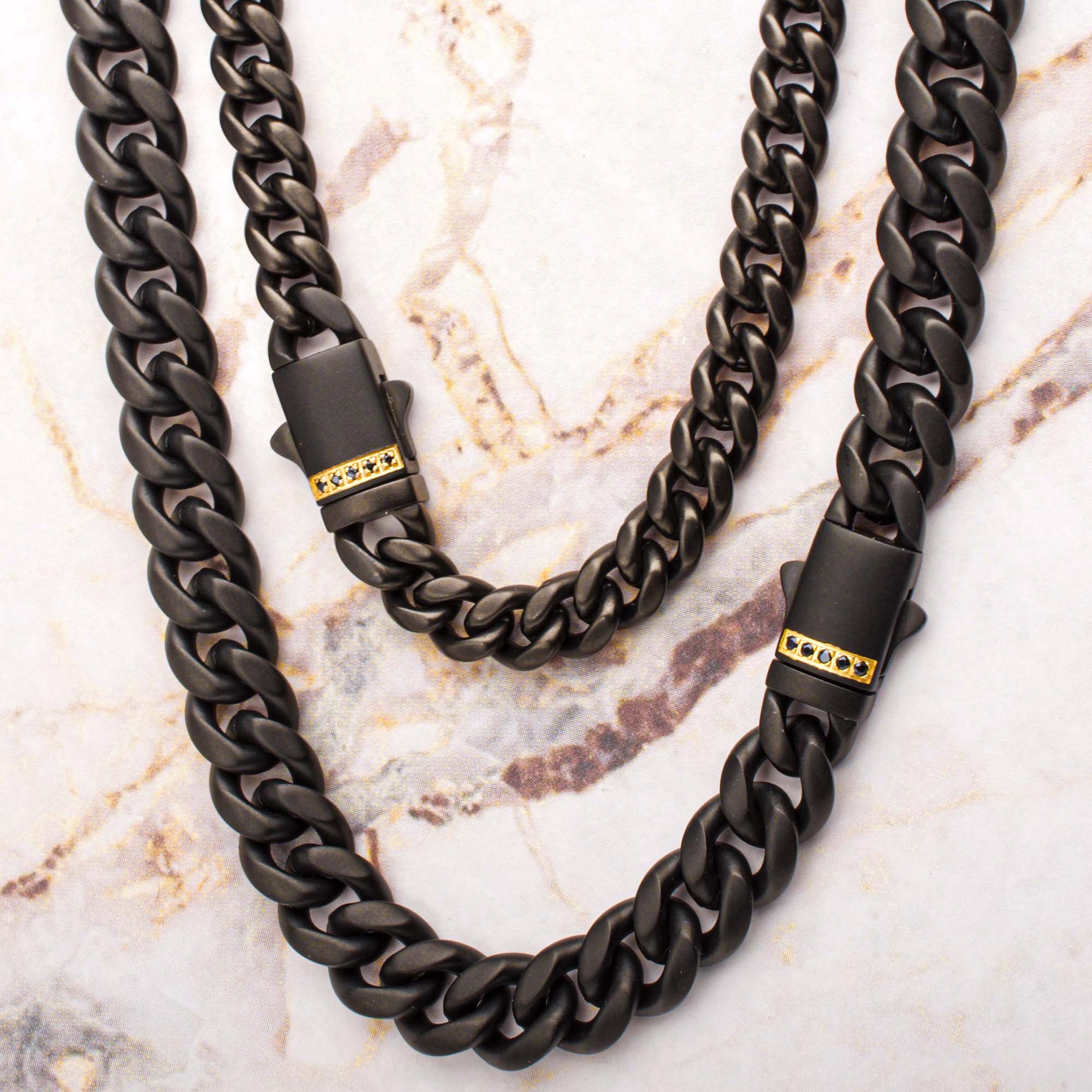The rise (and potential fall) of pearls
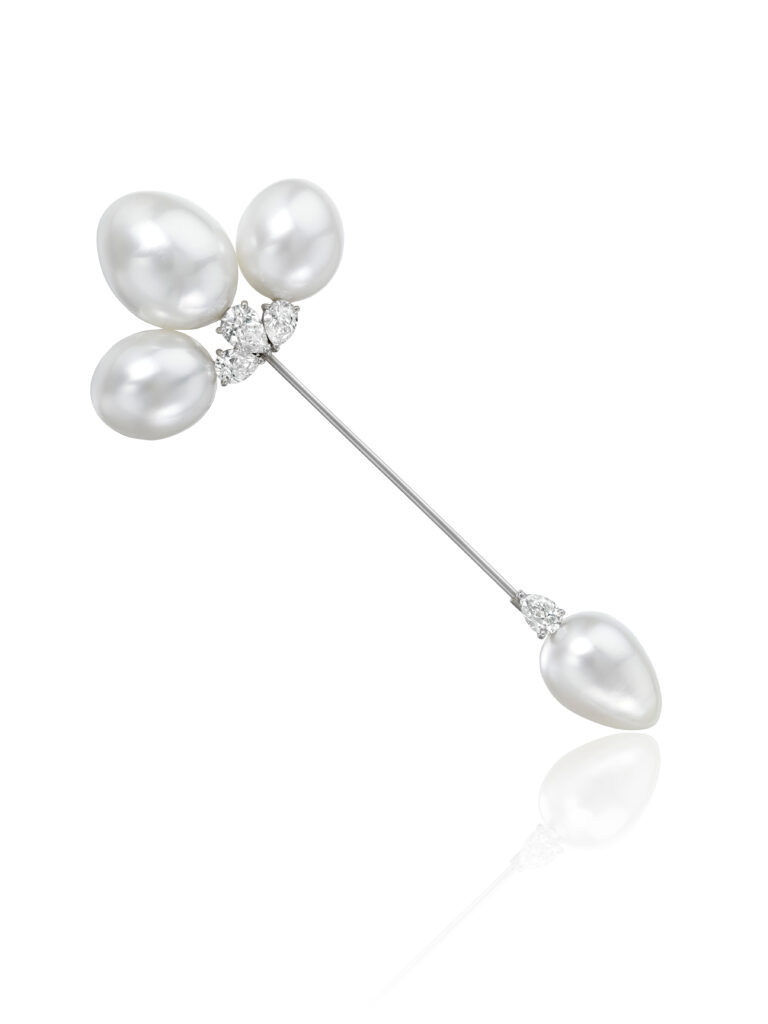
I have loved pearls since my early teens, when I became more aware of jewellery. I married into a pearl and gem dealing family in my 20s, distributed an Italian jewellery collection well-known for innovative pearl designs in the ’90s and joined North American pearl brand Assael in 2017 to help bring the company out of the doldrums.
When I joined Assael, retailers did not consider pearls a ‘category’ they needed to represent in their stores. “No one asks for pearls.” “Pearls are too old-fashioned.” These are the types of objections we frequently heard. However, shortly thereafter, I noticed the fashion world was starting to embrace pearls … on the runways and as embellishments. It snowballed in the late 2010s and hasn’t stopped since. Yet, retailers resisted until it was undeniable.
Several years later, the world is full of pearl jewellery, and pearls are now considered a fresh, modern jewel. Designers successfully view the pearl as the wonderful, versatile gem it is, to be used in a multitude of modern ways. Pearls have again made their way into the hearts of the public. This is wonderful on its face, but I see a problem brewing.
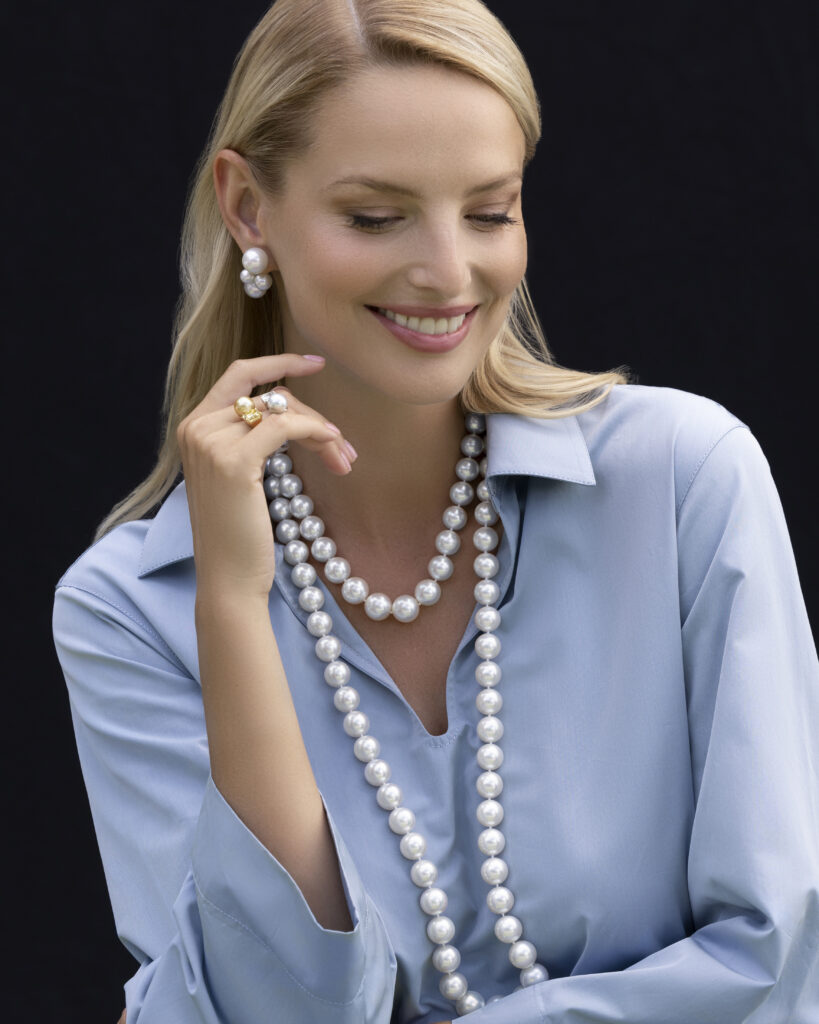
Pearls are back—but will misinformation dull their shine?
There is a lack of knowledge regarding pearls that, if not corrected, could hinder the pearl business as quickly as it rose again to fashion prominence. It is not difficult to educate retail sales professionals or the consumer as to the differences between natural and cultured pearls, but the highly important differences in types of cultured pearls—which are so relevant to the consumer, are all but ignored.
Does a consumer deserve to know if the nacre of a pearl will wear in a matter of months, rendering it unrecognizably lacklustre? I think so. More importantly, the consumer thinks so! And that is exactly what happens to the most economically produced freshwater pearls. How can two similar pieces of fine gold and pearl jewellery dramatically differ in price? How many retailers are prepared to explain that a pair of freshwater pearls—$8 wholesale, with barely a nail polish coating of nacre and cultured in a freshwater mussel for a couple of months—will wear poorly when handled and worn, after contact with skin? Will they inform their client that this is not the piece to be cherished for years to come?
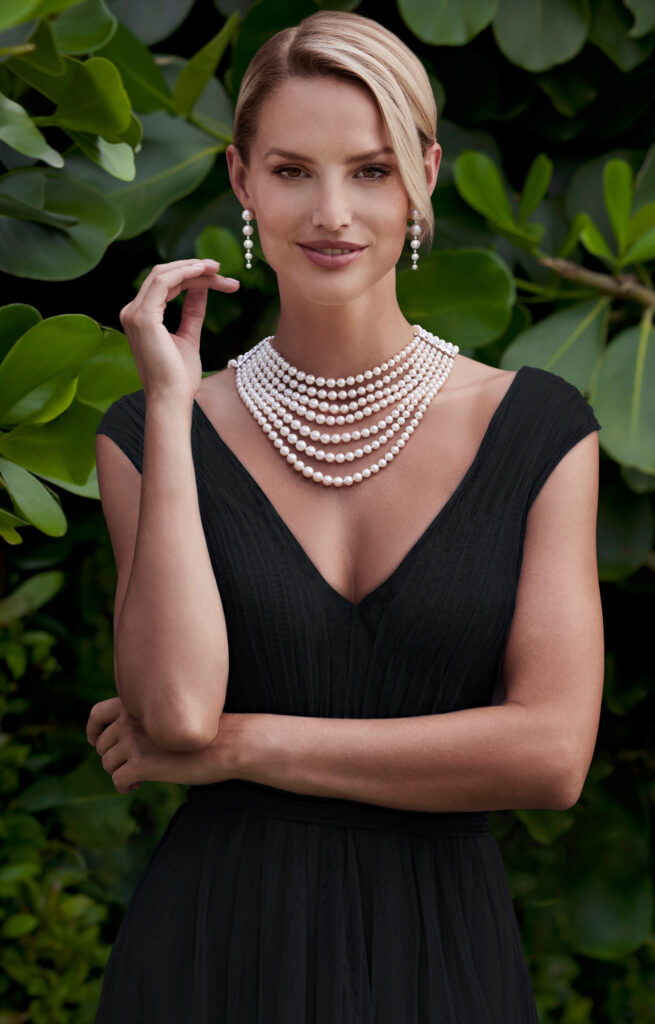
It is imperative to explain to customers that the more expensive Akoya or South Sea saltwater pearls take years to attain a thicker layer of nacre; those finer pearls were carefully attended to by farmers and divers, deep in the ocean. While more costly to produce, the incredible glow or lustre of that saltwater pearl will endure, much like the radiance of a diamond.
When enough consumers have had disappointing experiences and have voiced their displeasure to their retailers, the public’s appetite for pearls will wane. Retailers will lose confidence, and relationships with their suppliers will be strained.
The importance of transparent pearl marketing
Luckily, there is a cure! I sincerely hope that pearl farmers, pearl wholesalers, and distributors will make a concerted effort to educate designers, manufacturers, and brands. In turn, I hope these pearl jewellery sellers educate their retailers. There is absolutely nothing wrong with ‘price point’ freshwater pearls in jewellery if the consumers’ expectations are aligned with what they are purchasing. Yet, as always, knowledge is power. The consumer deserves the information to make an educated choice.
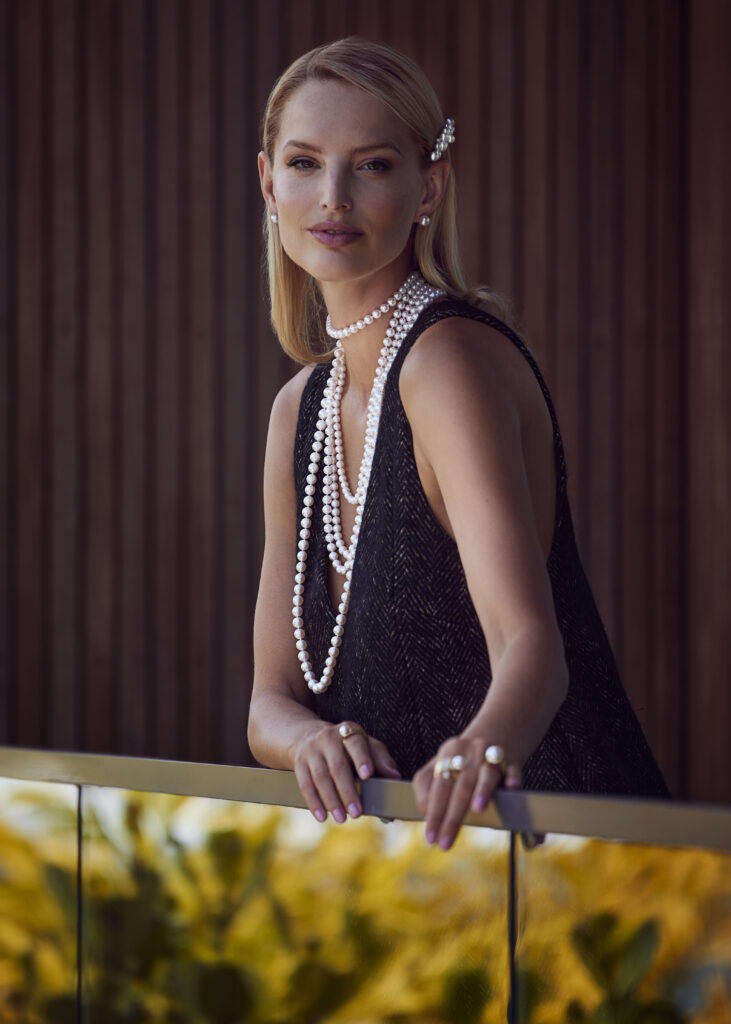
Ensuring pearls stay in fashion for the long haul
I hope that the supply chain will recognize the necessity of pearl education! Throughout history, pearls have been adored. These lustrous luxuries never really go ‘out’ of fashion. They have long enduring periods of favour, lasting from decades to centuries at a time. But the current pearl revolution marks the first true test of pearl’s powerful endurance with the availability and proliferation of mass-produced freshwater pearls. It may all come down to the discussion at the sales counter. I’ll be watching and encouraging education.
Peggy Grosz is a 45-year jewellery industry veteran, having most recently served as senior vice- president and creative director at Assael, Inc.


